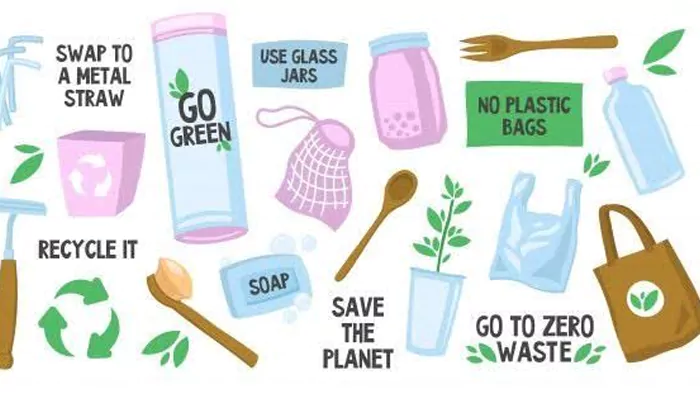Delhi Government Forms Committees To Curb Pollution At 13 Hotspots With 300-Plus AQI
- Gurpreet
- 11 months ago
- 2 minutes read

Air quality is reportedly particularly 'very poor' at 13 hotspots, with the Air Quality Index crossing 300.
Environment Minister Gopal Rai, on Friday, confirmed that the Delhi government has formed a coordination committee in order to identify and mitigate local sources of pollution. Each formed committee is all set to target particularly 13 locations in Delhi, which have "very poor" air. At a press conference, Rai assetted how the whole of Delhi is breathing 'poor' air, but at the 13 hotspots, the Air Quality Index has crossed 300. Narela,
The list of 13 hotspots in the city include Bawana, Mundka, Wazirpur, Rohini, R K Puram, Okhla, Jahangirpuri, Anand Vihar, Punjabi Bagh, Mayapuri, and Dwarka Sector-8. As per Rai, these committees will be headed by the deputy commissioners of the Municipal Corporation of Delhi, and even DPCC engineers have been appointed at all hotspots. They are expected to submit daily reports to a 'Pollution War Room'.
Nonetheless, at these 13 hotspots for 300-plus AQI, it is believed that dust is one of the major factors of pollution. Hence, 80 mobile anti-smog guns have been deployed in these areas to bring the dust down.

Delhi’s AQI Worsens
Meanwhile, on Saturday morning, the air quality turned to 'poor' and ‘very poor’ categories, and smog has set in various parts of the national capital. Delhi's AQI or air quality index has jumped the 300 mark in several areas, ahead of winter.
In Anand Vihar, Akshardham areas, on Saturday morning, the AQI stood at 334, which is in the ‘very poor’ category. The AQI near India Gate was 251, 209 near Nehru Park, 226 near ITO, 273 near Bhikaji Cama Place and 253 near AIIMS, and they all were in the ‘poor' category, as per the Central Pollution Control Board (CPCB).

The Delhi government took to its first stage of the Graded Response Action Plan (GRAP) restrictions on October 15, with measures being taken to clean the roads with water to reduce dust. On Friday, October 18, the AQI recorded was 292, with the Wazirpur region being the worst with a reading of 390.
Due to the constant rise in pollution, residents have been complaining of difficulties since it is reportedly causing “choking in the throat, breathing issues and also irritation in the eyes.”












